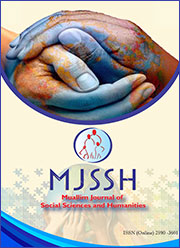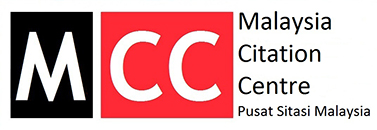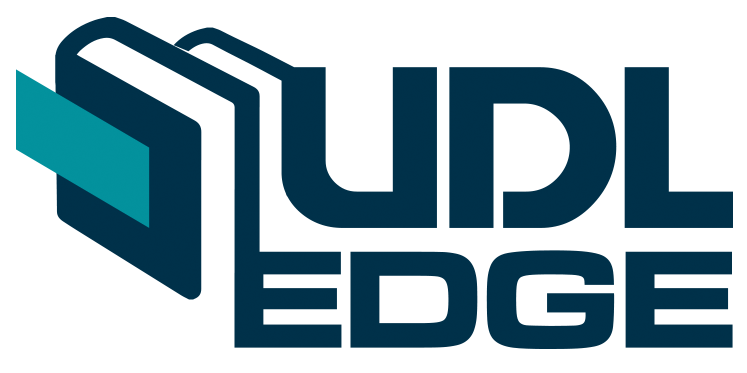Rhetorical strategies for appeal to logos in research abstracts: an analysis of rhetoric
Keywords:
Contrastive Rhetoric, Rhetorical Appeal to Logos, Numerical-Nominal Data, Subordination, CoordinationAbstract
This study examined the use of two rhetorical strategies - nominal-numerical types of supporting data and lengthy complex types of sentences due to their rhetorical appeal to Aristotelian logos in the writing of research abstracts. A total of 480 research abstracts sampled from English as a Native (ENL) and English as a Second Language (ESL) were analysed with LIWC2015 software application and Readable.com online applications. Guided by the Connor’s (1996)5 Contrastive Theory of Rhetoric with the integration of relevant conceptual models of the LIWC Model of Psycholinguistic Domains (Pennebaker et al., 2015)3, Aristotelian Rhetoric (Aristotle & Kennedy, 1991)2 and Compositionality (Bulté & Housen, 2018)14, it was found that both rhetorical strategies were used frequently in both types of ENL and ESL research abstracts to reflect the appeal to logical mind of the writers. Contrastive analyses revealed that ESL demonstrate more frequencies of lexical and sentential units than the ENL research abstracts. However, ENL research abstracts were found to have more frequencies of nominal-numerical types of supporting details and lengthy complex sentences than the ESL research abstracts which may most likely point towards their lack of near-nativeness rhetoric in these two rhetorical strategies. In terms of the linguistic item which demonstrates the ESL near-nativeness rhetoric is the use of coordination as the rhetorical strategy as both groups of ENL and ESL research abstracts did not show any significant differences. This shows that ESL writers can still strive towards the rhetorical level of nativeness in the choice of their linguistic strategies in the writing of research articles. Future research recommendations are also shown at the end of the research.
References
Mohamad, H. A. (2022). Analysis of Rhetorical Appeals to Logos, Ethos and Pathos in ENL and ESL Research Abstracts. Malaysian Journal of Social Sciences and Humanities (MJSSH), 7(3), e001314. https://doi.org/10.47405/mjssh.v7i3.1314
Aristotle & G.A. Kennedy (1991). Aristotle on Rhetoric: A Theory of Civic Discourse. New York: Oxford University Press.
Pennebaker, J.W., Boyd, R.L., Jordan, K., & Blackburn, K. (2015). The development and psychometric properties of LIWC2015. Austin, TX: University of Texas at Austin.
Kaplan, R. B. (1966). Cultural thought patterns in intercultural education. Language Learning 16, 1-20.
Connor, U. (1996). Contrastive Rhetoric: Cross-cultural Aspects of Second-language Writing. Cambridge, United Kingdom: Cambridge University Press.
Ansarifar, A., Shahriari, H., & Pishghadam, R. (2018). Phrasal complexity in academic writing: A comparison of abstracts written by graduate students and expert writers in applied linguistics. Journal of English for Academic Purposes, 31, 58-71.
Lei, S., & Yang, R. (2020). Lexical richness in research articles: Corpus-based comparative study among advanced Chinese learners of English, English native beginner students and experts. Journal of English for Academic Purposes, 47, 100894.
Motschenbacher, H. (2019). Non-nativeness as a dimension of inclusion: A multimodal representational analysis of EFL textbooks. International Journal of Applied Linguistics, 29(3), 285-307.
Velasco, E. (2020). Oral Nativeness Acquisition in English as a Second Language Environments: A Case Study of Planned Bilingualism. The Electronic Journal for English as a Second Language, 24(2), 1-24.
Swales, J. (2014). Create a research space (CARS) model of research introductions. Writing about writing: A college reader, 12-15.
Hui, H. M., Ariffin, A., & Ma’rof, A. M. (2018). An Analysis of Lexical Negative Transfer in English Writing of Malay Students. AJELP: Asian Journal of English Language and Pedagogy, 6, 56-64.
Myllylä, K. (2019). Ethos, Pathos and Logos; a Comparative Study of the Rhetorical Strategies Found in CEO Letters in English Annual Reports of Finnish Companies after Desirable and Undesirable Financial Years (Master Thesis). University of Turku, Finland.
Smith-Keiling, B. L., & Hyun, H. I. F. (2019). Applying a computer-assisted tool for semantic analysis of writing uses for STEM and ELL. Journal of microbiology & biology education, 20(1), 70.
Bulté, B., & Housen, A. (2018). Syntactic complexity in L2 writing: Individual pathways and emerging group trends. International Journal of Applied Linguistics, 28(1), 147–164. https:/doi.org/10.1111/ijal.12196
Readable (2021). What is Readability? https://readable.com/readability/
Kim, M. (2021). Patterns of Linguistic Variation in Research Articles: The Role of Methodology. The University of Wisconsin-Madison.
Başçı, S., & Hassan, N. (2020). Using Numbers to Persuade: Hidden Rhetoric of Statistics. http://www.era.org.tr/makaleler/221219.pdf
Stadler-Altmann, U., & Keiner, E. (2010). The persuasive power of figures and the aesthetics of the dirty backyards of statistics in educational research. In Educational Research-the Ethics and Aesthetics of Statistics (pp. 129-144). Springer, Dordrecht.
Bacang, B. C., Rillo, R. M., & Alieto, E. O. (2019). The Gender Construct in the Use of Rhetorical Appeals, Hedges, and Boosters in ESL Writing: A Discourse Analysis. Online Submission, 25, 210-224.
Toulmin, S. E. (1985). The uses of argument. Cambridge: Cambridge University Press.
Higgins, C., & Walker, R. (2012). Ethos, logos, pathos: Strategies of persuasion in social/environmental reports. In Accounting Forum (Vol. 36, No. 3, pp. 194-208)
Oakey, D. (2020). Phrases in EAP academic writing pedagogy: Illuminating Halliday’s influence on research and practice. Journal of English for Academic Purposes, 44, 100829.
Wu, X., Mauranen, A., & Lei, L. (2020). Syntactic complexity in English as a lingua franca academic writing. Journal of English for Academic Purposes, 43, 100798.
Connor, U. (1990). Linguistic/ rhetorical measures for international persuasive student writing. Research in the Teaching of English, 67-87.
Don, Z. M., & Sriniwass, S. (2017). Conjunctive Adjuncts in Undergraduate ESL Essays in Malaysia: Frequency and Manner of Use. Moderna språk, 111(1), 99-117.
Published
 Abstract Display: 445
Abstract Display: 445  PDF Downloads: 487
PDF Downloads: 487 













 This work is licensed under a
This work is licensed under a